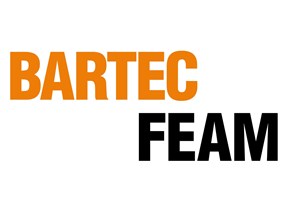![]()
World standards for the classification of hazardous areas are moving toward harmonization. The 1999 U.S. National Electric Code (NEC®) and the 1998 Canadian Electric Code (CEC®) now recognize the use of the Zone system for classification of hazardous areas. Whereas it would appear these moves would bring a degree of “harmonization” of world standards, in fact this is just a first step toward that goal.
Much has been written and published about Article 505 in the 1999 NEC®. Now as a stand-alone article it basically has created an Americanized version of the IEC/CENELEC Zone system. It uses the familiar Class/ Division system and fits the IEC European Zones into it while maintaining NEC® wiring methods and protection techniques. A distinction must be made between the U.S. Zone system and the IEC/CENELEC Zone system. They are not the same. Similar—yes, the same—no.
The Class/Division system for hazardous areas is so ingrained in the U.S. electrical culture that learning and using the Zone system will take some time. But it will happen. There are some advantages to products specifically designed for use in zone designated areas. Since most of the world (except the U.S.) uses the IEC (or a local variation of it) understanding it would seem to be very important.
To understand where we are now with “zones” really requires a basic understanding of how we got here. The following pages are presented as a short overview of European IEC principles, protection methods, products, terminology, comparisons to NEC® and CEC standards, differences in world installation practices, and a glossary of terms. We hope it will give the reader a clearer view of the IEC approach to safety in hazardous location “protection” and how it compares to the NEC®.





